A leaking roof during intense rainstorms is more than just an inconvenience; it is a vital warning sign of possible severe structural issues lurking beneath the surface. While a light drizzle might not uncover these problems, heavy downpours can quickly expose weaknesses in your roof's materials or construction integrity. Proper installation and diligent maintenance of roofs are essential to ensure they effectively protect against moisture intrusion, even in the most extreme weather conditions.
Roofs are particularly vulnerable to leaks at critical junctions where penetrations or transitions occur in the roofing system.
Key areas to keep a close eye on include the regions surrounding chimneys, vents, skylights, and the intersections where different roof planes meet. Other factors that can lead to leaks include missing tiles, clogged gutters, and aging flashing.
Additionally, the roof’s age plays a significant role; older roofs are typically more prone to moisture penetration and structural deterioration.
Recognizing the early signs of a leaky roof is crucial for homeowners who wish to prevent further damage and avoid the costs associated with extensive repairs. Look for water stains on ceilings and walls, peeling paint, or damp patches in the attic. By identifying these warning signs promptly, homeowners can take action to address leaks before they escalate into serious issues that require costly interventions.
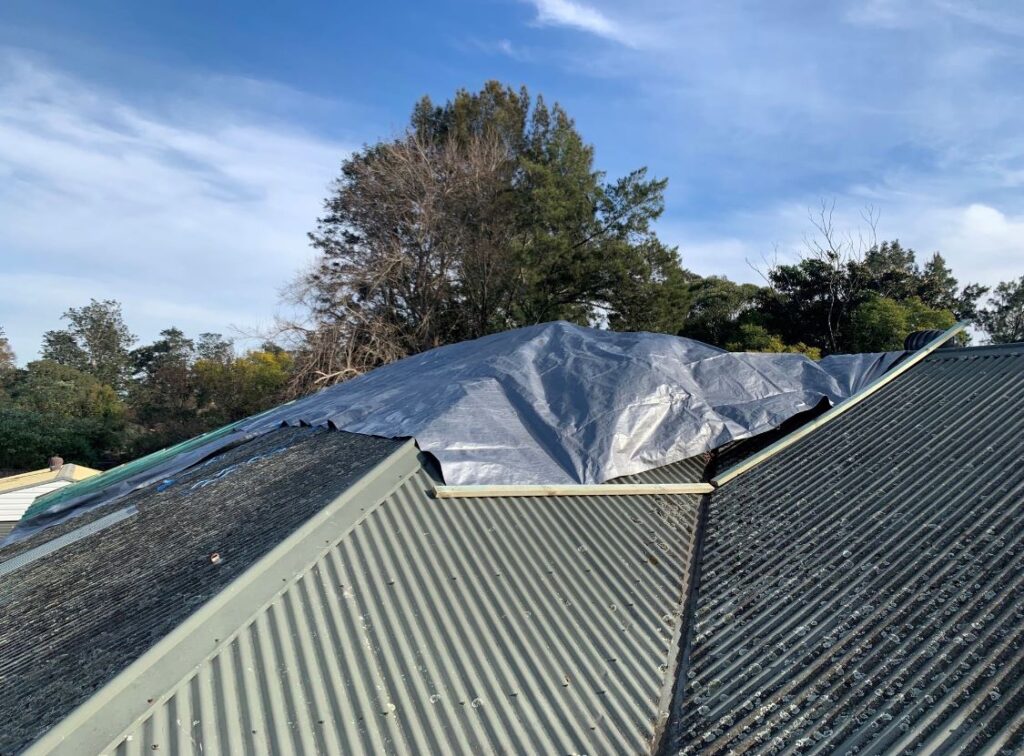
Explore the Primary Causes and Impacts of Roof Leaks
Gaining a thorough understanding of the main causes behind roof leaks is essential for homeowners committed to preserving the integrity of their property. Such leaks can result in extensive structural damage and incur significant repair costs. Therefore, it is vital to gain insight into the various factors that lead to roof leaks, especially during heavy rain, to implement effective roofing maintenance strategies.
Discover the Top Causes of Leaks in Tile Roofs
- Damaged or Missing Tiles: Tile roofs are especially vulnerable to damage from high winds and falling branches. When tiles become dislodged, they create openings that allow water to penetrate the roofing structure.
- Cracked Roof Tiles: Aging, foot traffic, or impacts can lead to cracks forming in roof tiles. Even minor cracks can allow water to seep through, resulting in leaks within the home.
- Flashing Issues: The integrity of flashing around roof joints and fixtures is critical for effective waterproofing. In tile roofs, improperly installed or deteriorating flashing can lead to significant water intrusion.
- Clogged Gutters: Debris accumulation, such as leaves and twigs, can obstruct gutters, causing water to overflow and back up under the roof’s edges. This situation is particularly problematic for tile roofs, where water may seep through gaps between tiles.
Identify the Major Factors Leading to Leaks in Metal Roofs
- Loose or Missing Fasteners: Metal roofs rely on screws or fasteners for stability. If these become loose or dislodged, they create openings that allow water to infiltrate the roofing system.
- Rust and Corrosion: Over time, metal roofing can develop rust, especially in coastal regions or when maintenance is neglected. Rust weakens the roofing material and can form tiny holes or compromise flashing.
- Flashing Failures: Flashing plays a crucial role in sealing edges and joints on metal roofs. If flashing becomes loose, corroded, or incorrectly installed, it can create access points for water infiltration.
- Blocked Gutters: Similar to tile roofs, obstructed gutters can lead to water backup and overflow. In metal roofs, this pooling water may settle near seams or fasteners, significantly increasing the risk of leaks.
By proactively addressing these common issues, homeowners can keep their tile or metal roofs in optimal condition and prevent expensive water damage.
Evaluate the Impact of Heavy Rain on Roof Longevity
Heavy rainfall imposes significant stress on roofs, often revealing weak spots that may remain hidden during lighter showers. The buildup of standing water can compromise the roof’s structural integrity, posing serious risks—especially for flat or low-slope roofs. Excessive moisture can lead to sagging or, in extreme cases, total structural failure.
During storms, moisture-driven by the wind can force its way beneath shingles, causing leaks even when the tiles appear intact from the ground. Furthermore, heavy rainfall can lead to rapid gutter overflow, redirecting water down walls or into the home through the roof's edge, which can result in potential interior damage.
Extended periods of rain can saturate small cracks or fissures, permitting moisture to accumulate. Areas that remain damp can begin to deteriorate over time, worsening the problem and leading to more severe damage if not promptly addressed.
Identify and Address Common Vulnerability Points for Roof Leaks
Roofs consist of many vulnerability points where leaks frequently occur during intense rainfall. Understanding these critical areas empowers homeowners to proactively inspect and address potential issues, thereby preventing water from infiltrating their homes.
Conduct a Detailed Inspection of Roof Valleys and Junctions for Leak Risks
Roof valleys, where two slopes converge, are essential areas that should be monitored closely. These V-shaped channels manage large volumes of water during rainfall, making them particularly susceptible to leaks. Proper flashing and sealing are crucial to prevent moisture from entering these vulnerable areas.
Additionally, junctions where different roof sections connect often develop gaps or weak points over time. Comprehensive sealing and thorough attention are necessary during both installation and maintenance to ensure these regions remain watertight and effectively manage water flow.
Essential Inspection Areas for Tile Roofs
While tile roofs are recognized for their durability and aesthetic charm, they also possess inherent vulnerabilities. Tiles can crack, shift, or become dislodged, exposing the underlayment to moisture. Older or poorly maintained tile roofs may also experience compromised pointing (the mortar that secures ridge tiles).
Key Areas to Inspect:
- Cracked or broken tiles that expose the roof deck
- Missing tiles, especially in valleys or along ridges
- Debris accumulation in valleys that may block water flow
- Worn or missing pointing on ridge tiles
Maintaining tiles in peak condition is vital to ensure the roof remains watertight since even minor cracks can allow water to penetrate during heavy downpours.
Critical Inspection Areas for Metal Roofs
Metal roofs are celebrated for their durability and resistance to weather elements; however, they are not immune to leaks. Over time, screws can loosen, seals may deteriorate, and metal sheets can develop rust or punctures.
Important Areas to Inspect:
- Loose or missing screws and fasteners
- Corrosion or rust, especially near fasteners or overlaps
- Worn or cracked sealant around penetrations like vents or skylights
- Damage to roof sheets, including dents or punctures caused by hail
Metal roofs also depend on proper overlaps and sealing to prevent water from seeping through joints or seams. Keeping these areas in excellent condition is essential for maintaining a watertight roof.
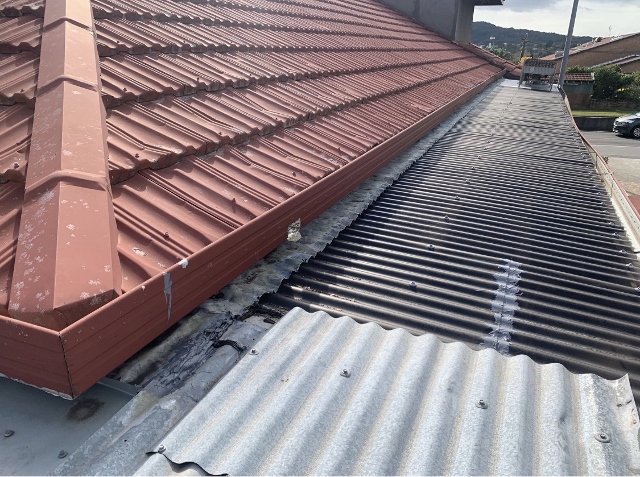
Thoroughly Inspect Chimneys and Vent Flashings to Prevent Leaks
Chimneys and vents are common sources of roof leaks due to the openings they create, which must be sealed properly. Over time, the flashing and seals surrounding these features can deteriorate, leaving your roof vulnerable to water damage.
Regular inspections and maintenance are crucial for ensuring these areas remain watertight, regardless of whether your roof is tile or metal.
Comprehensive Inspection Checklist for Tile Roofs:
- Cracked or missing tiles around the chimney base
- Loose or deteriorated mortar at the flashing edges
- Debris accumulation in valleys near the chimney that may trap water
- Flashing that has detached or shows signs of corrosion
Comprehensive Inspection Checklist for Metal Roofs:
- Rusted or damaged metal flashing around the chimney
- Improperly sealed flashing overlaps or joints
- Fasteners that have come loose or deteriorated over time
- Gaps where the chimney meets the roof panel
Vent pipes are another potential weak point in your roof's defenses against water. These pipes are sealed with rubber boots, which create a snug fit where the pipes penetrate the roof. Over time, these boots can crack, tear, or wear out, especially due to exposure to sunlight and temperature fluctuations.
.slider-info-414.bafg-slider-info .bafg-slider-title {
font-size: 22px;
}
.slider-info-414.bafg-slider-info .bafg-slider-description {
}
.slider-info-414.bafg-slider-info .bafg_slider_readmore_button {
text-align: center;
}
.slider-info-414.bafg-slider-info .bafg_slider_readmore_button:hover {
}
.slider-414 .twentytwenty-overlay:hover {
background-color: rgba(0, 0, 0, 0.5);
}
Shielding Eaves and Edge Details from Water Damage
The edges of your roof, particularly eaves and fascia boards, are critical areas that can be vulnerable to leaks. If gutters do not drain properly, these components risk rotting, creating pathways for water to infiltrate beneath your roofing materials.
Installing proper drip edge flashing along roof edges is vital. This flashing directs water into the gutters, preventing it from reaching vulnerable wooden structures that can deteriorate over time.
To protect eaves and edges:
- Regularly clean gutters to ensure they are free of debris
- Consistently check for rotting fascia boards and replace them when necessary
- Make sure that drip edge flashing is intact and functioning properly
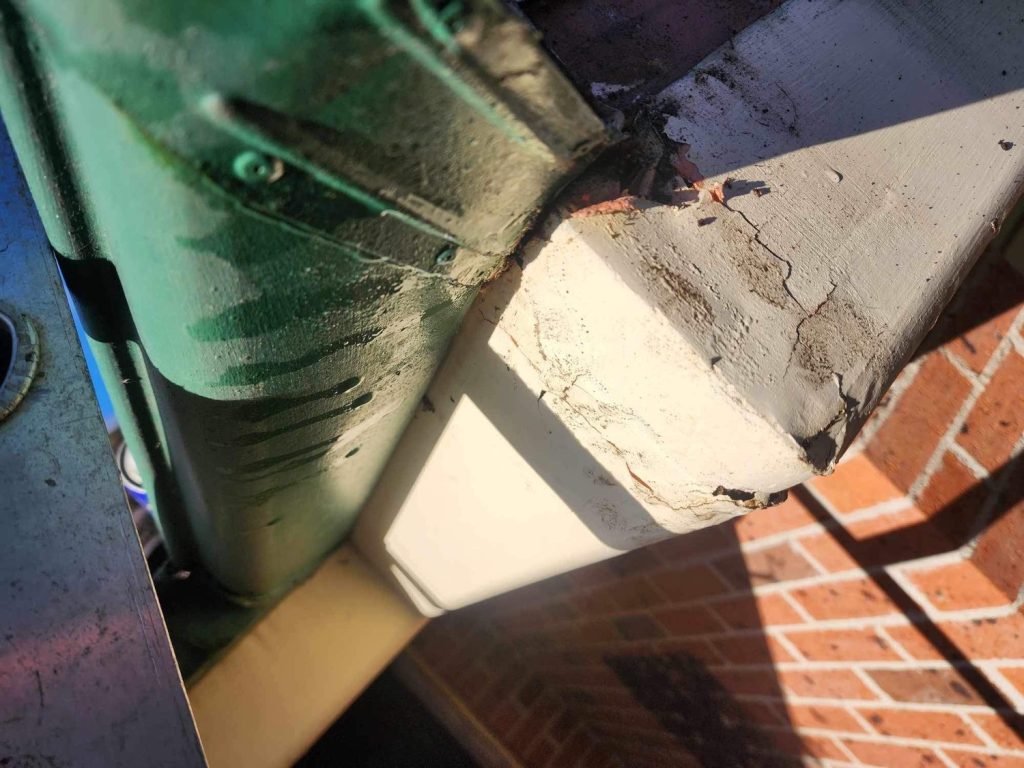
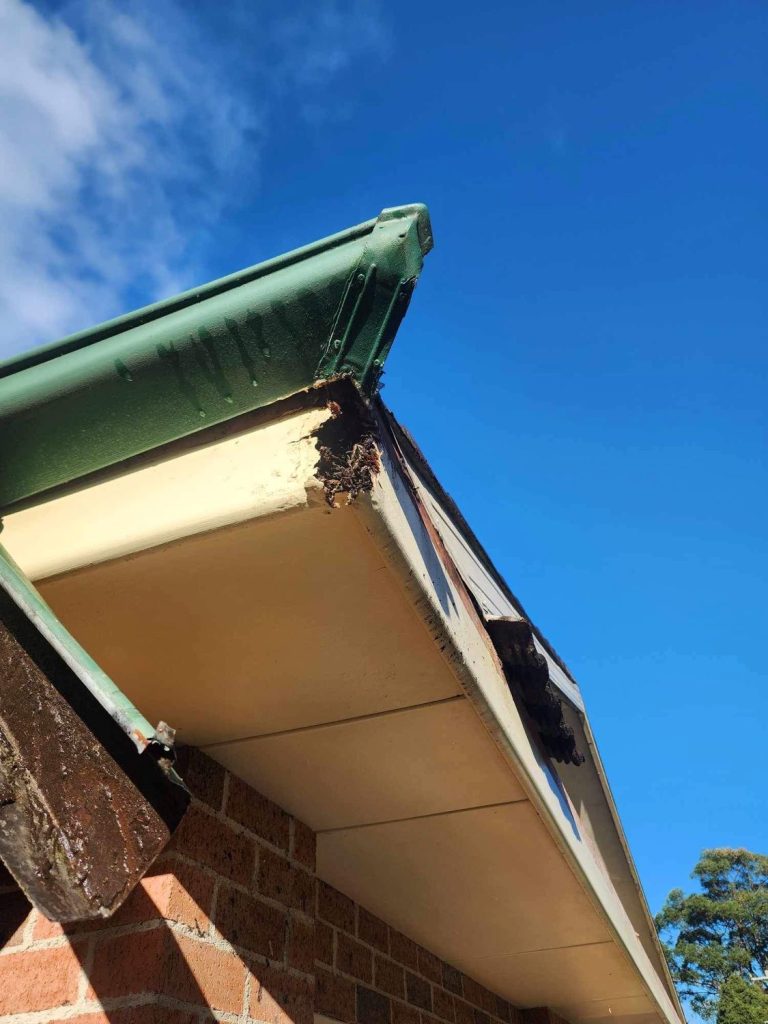
Adopting Proactive Strategies for Consistent Roof Maintenance
Consistent roof maintenance is essential for preventing leaks before they begin. It is advisable to perform thorough inspections at least twice a year, ideally during the autumn and spring seasons.
- Regularly clean gutters and downpipes to avoid water backup that could infiltrate your roof tiles or sheets.
- Consider upgrading gutter size or adding additional downpipes to improve drainage efficiency.
- Inspect for cracked, loose, or missing tiles and promptly repair or replace them to maintain a watertight seal.
- Examine metal roofs for rust and loose screws; treat any rusty areas with paint and tighten any loose fasteners.
- Trim tree branches that overhang your roof, as they can scratch and damage roofing materials during storms.
- Ensure proper ventilation within your roof space to prevent moisture buildup that can lead to rotting and leaks.
- Apply sealant to joints and flashings every few years to maintain a watertight barrier.
- Following significant storms, conduct a quick roof inspection to identify any new damage or loose components that may require attention.
If you are uncertain about what to look for, consider consulting a professional. They can identify issues you might overlook and provide valuable insights into effective maintenance strategies.
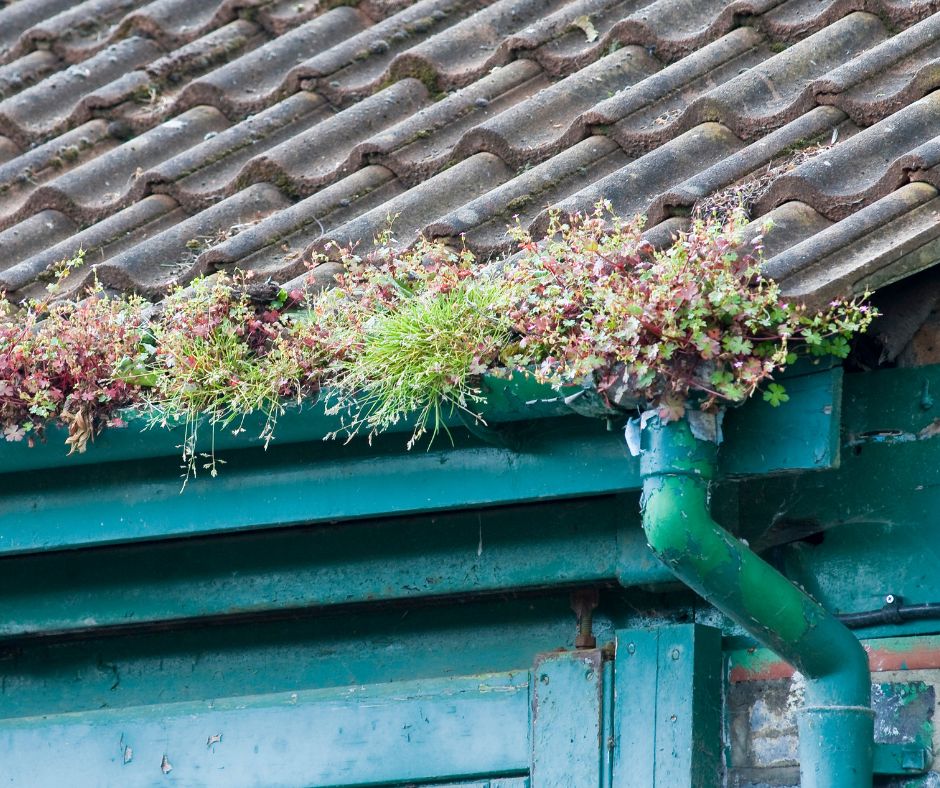
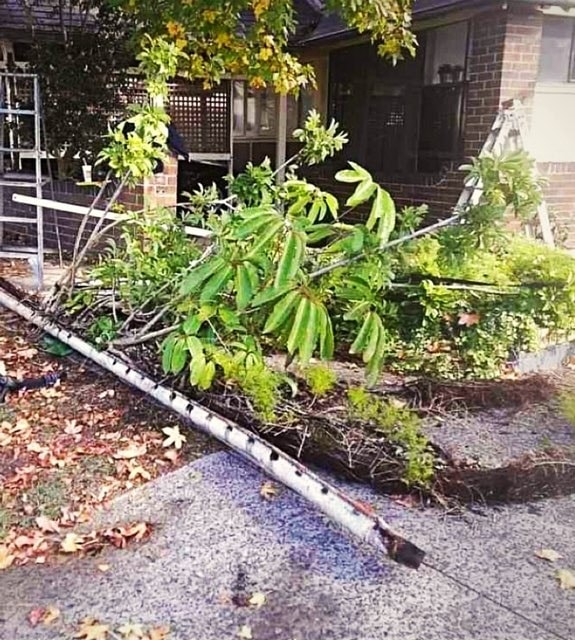
Connect with Local Roofing Experts for Reliable Solutions
AWS Roofing is your trusted local expert serving the Central Coast region.
If your roof is continuously leaking or has suffered damage, do not hesitate to reach out to our friendly team for a comprehensive roof inspection.
Frequently Asked Questions About Roof Leaks and Their Solutions
Managing roof leaks can be daunting, but understanding their causes and solutions can streamline the process. Here are some essential insights regarding leaks, preventive measures, and effective repair strategies.
How can I accurately identify the source of a roof leak?
To effectively pinpoint the source of a roof leak, start by examining any water stains or discolored patches on your ceilings and walls. Check the attic or roof cavity during daylight hours to see if sunlight penetrates through any openings. Additionally, you can use a hose to spray various sections of the roof while someone observes from inside. Begin your inspection at the lower areas and work your way upward, marking wet spots to help clearly identify the entry point.
What proactive measures should be taken to prevent roof leaks during heavy rainfall?
To minimize the risk of roof leaks, consistently clean gutters and downpipes to ensure efficient drainage. Trim any overhanging branches that could pose a risk to the roof. Promptly replace any cracked or missing tiles and shingles. Inspect and reseal flashing around chimneys and vents to maintain their structural integrity. Consider applying a waterproof coating to the roof surface and schedule an annual inspection with a professional to guarantee your roof remains in optimal condition.
What are the common causes of intermittent roof leaks?
Intermittent leaks can stem from small fissures that only permit water entry during heavy rainfall. Ice dams forming at the roof edge in winter can also result in issues. Wind-driven rain may infiltrate beneath loose shingles, and poorly sealed valleys where roof slopes converge can exacerbate the problem. Additionally, obstructed gutters can worsen these leaks.
The Article: Roof leaks in heavy rain: common trouble spots and prevention tips first appeared on https://writebuff.com
The Article Roof leaks in heavy rain: prevention tips for common issues Was Found On https://limitsofstrategy.com
The Article Roof leaks in heavy rain: tips to prevent common problems First Appeared ON
: https://ad4sc.com
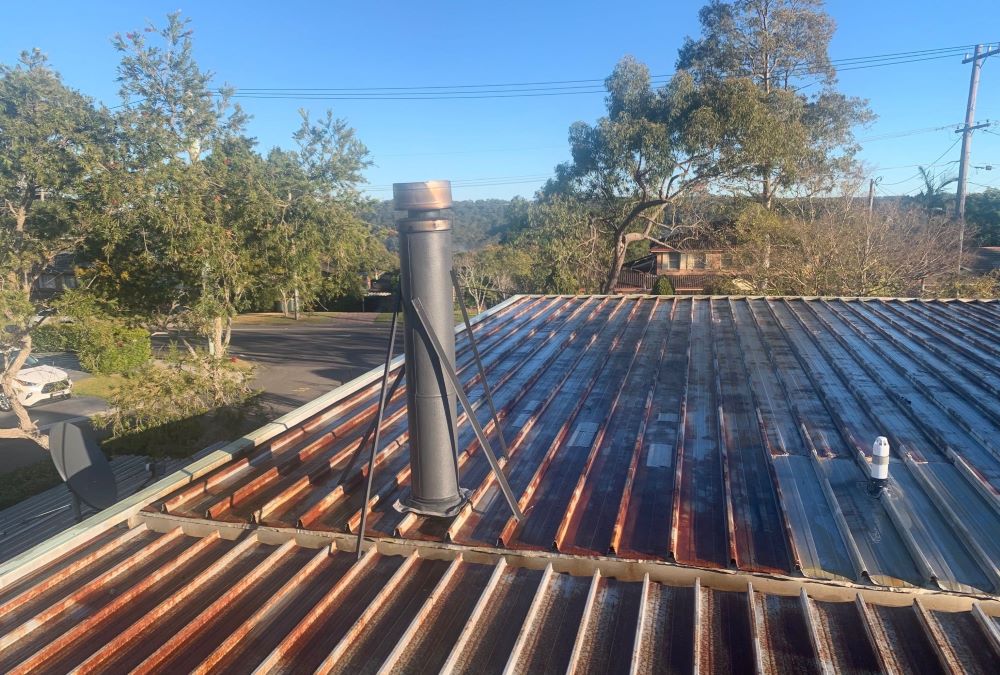
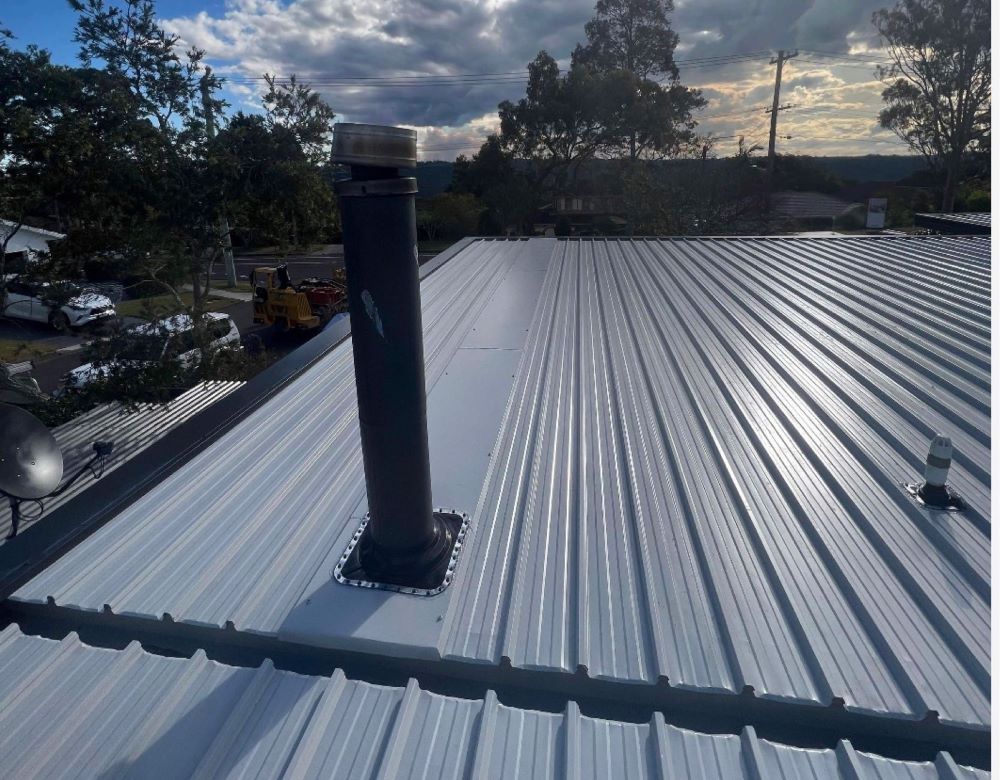
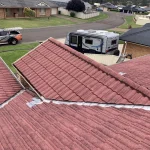

You bring up such a crucial point about roof maintenance—it’s amazing how something as simple as a missing tile can lead to bigger headaches down the road. I remember when a friend’s roof started leaking during a heavy storm, and it turned out to be a small problem that snowballed into a serious repair job because they didn’t catch it early. It really highlights the importance of routine inspections, especially with roofs showing their age. Have you seen any effective DIY methods for keeping tabs on roof health? I’ve heard some folks use drones these days, which seems to be a game-changer for getting a good look without risking life and limb!
You’re spot on about how a small issue can escalate if it’s not addressed right away. I remember my parents encountered a similar situation with their roof—they ignored a few loose shingles, and by the time they noticed some water damage inside, it had turned into a much larger and more expensive problem. That experience really taught me the value of regular maintenance.
You make a really good point about how ignoring small issues can snowball into much bigger problems down the line. It’s interesting how that translates into so many areas of life, whether it’s home maintenance, personal health, or even relationships. When I think about my own experiences, I can recall a time when I had some minor discomfort that I brushed off, hoping it would just go away. By the time I finally went to the doctor, it turned out to be something that needed more intervention.
It’s great to hear about your parents’ experience—it really brings home the importance of staying on top of maintenance. Those little issues can feel minor at first, but they can quickly spiral into much bigger headaches if overlooked. It’s interesting how a situation like that can shape our views, especially when it comes to our own homes.
You really hit on an important aspect of home care. Roof maintenance often takes a backseat until there’s a major issue, which is definitely something I’ve seen play out. Your friend’s situation is a great reminder of how those small problems can escalate. I read recently that leaks can lead to mold growth, which can pose health risks too, making it even more essential to stay proactive about inspections.
Your observations about the impact of intense rain on roofs really resonate with me. I recently experienced a serious leak during a heavy storm, which prompted a thorough inspection of my roof. It was surprising to discover that the problem originated from a small, unnoticed crack around a vent—exactly the kind of area you highlighted.